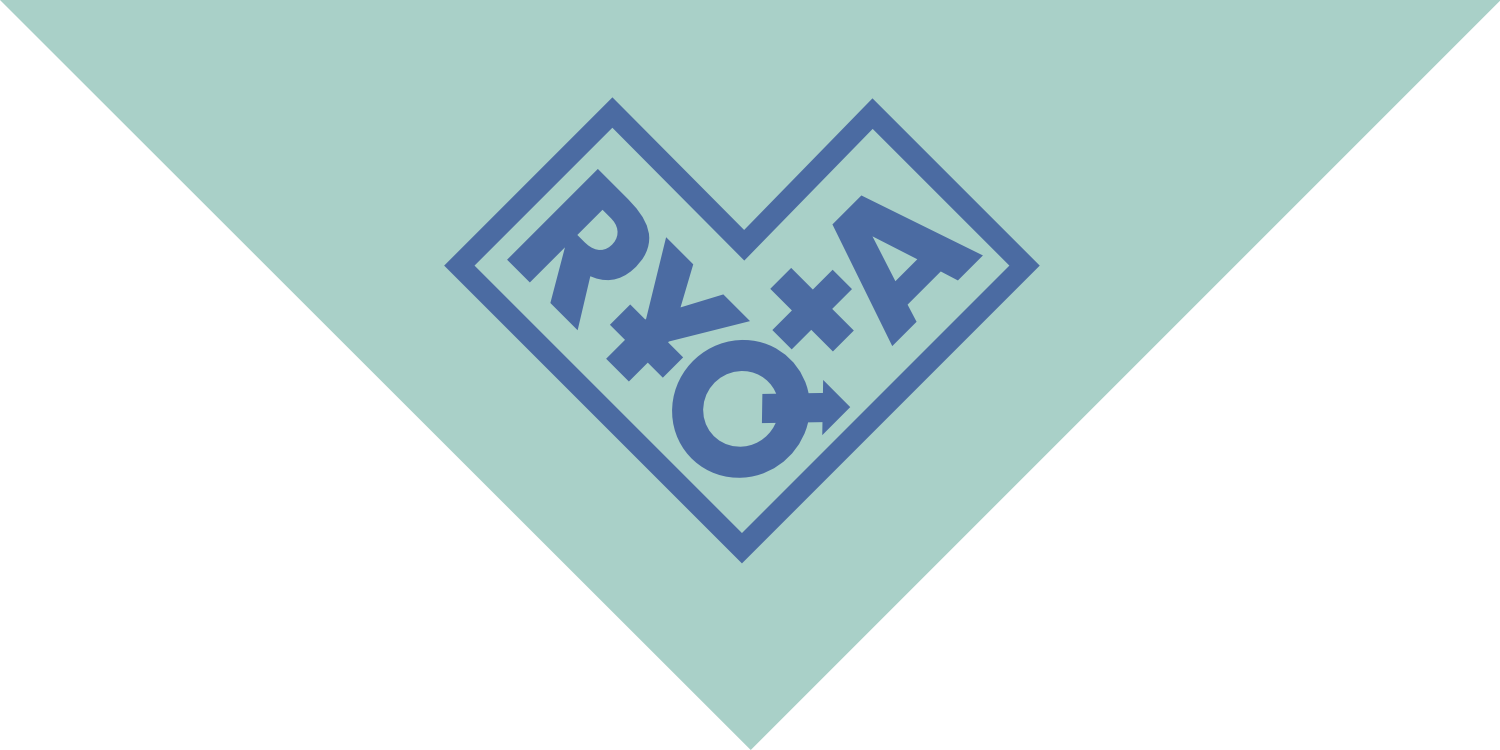Everyone has their own unique sexual identities and a lot of them aren’t straight. Our mums, dads, teachers, friends, classmates and neighbours all have a sexuality.
By Annie Hooper
(From Minus18’s OMG My Friend’s Queer)
Sure, for some people this sexual identity is ‘straight’, but for a lot of people, they’re same sex attracted. How many exactly? Oh, about 10% of the population. So in your school, youth group, church, sports team, and even home life, chances are someone is attracted to people of the same sex. Australia wide, we’re looking at more than 300,000 same sex attracted young people – not such a small group now, eh?
When someone identifies as same sex attracted, all they’re saying is that they have the capacity to be attracted to/want a romantic or sexual relationship with someone of the same sex. This includes people you are exclusively gay, lesbian, those who identify as bisexual, or people who are straight, and might have had these feelings at some point in their lives.
Who you like isn’t black and white either. Sometimes you might be more attracted to guys, and then other times more attracted to girls.
It can be easy to think you don’t know anyone who’s same sex attracted, but there’s a pretty good chance you do – you just don’t know it yet. There’s no flashing neon sign above someone’s head that says “THIS PERSON IS GAY!”
Usually people have to ‘come out’ (tell people they are same sex attracted or gender‐diverse) for others to actually realise (but that doesn’t stop people from making assumptions). Some people coming out may not surprise you, and some people coming out might shock your socks off.
Accepting, exploring and expressing sexual and gender identity is all part of growing up. For those you are opposite sex attracted, expressing sexual identity can be relatively easy. Opposite sex attracted people can ask out a classmate, flirt with someone on the tram or school bus, tell a parent about a recent heartbreak, or list our celebrity crushes to a friend without fear of being harassed or bullied because of sexual identity. There aren’t quite so many worries when it comes to coming out as ‘straight’ and possibly being rejected by family and/or friends. Exploring your sexual identity should be an exciting time for everyone – but feeling like you are same sex attracted can sometimes be more stressful.
People who don’t express themselves in ways expected of them can be bullied or bashed. It’s pretty crap, particularly for gender‐diverse people, GD young people are more likely to feel isolated, especially when you throw ignorance and fear into the mix.
People throughout history have stood up against discrimination and demanded equality. Homophobia and transphobia aren’t at all different.
Nearly everyone has seen or overheard homophobia or transphobia. Think about it – how often have you heard people throw around words like ‘fag’, ‘freak’, or ‘dyke’. Sometimes it can be through social exclusion, rumours, sexual harassment or even physical violence like ‘gay bashing’. For SSA and GD people, experiencing this homophobia or transphobia (sometimes on a daily basis) can be exhausting and have a serious impact of their health and wellbeing.
Homophobia and transphobia can cause depression, substance abuse, self harm and suicide for young people who have experienced it. Basically, it sucks, and no one should have to experience it.
But at the end of the day, why should anyone give a damn? A person’s gender, their sexuality, how they act, or who they hook up with is no one’s business but their own.
